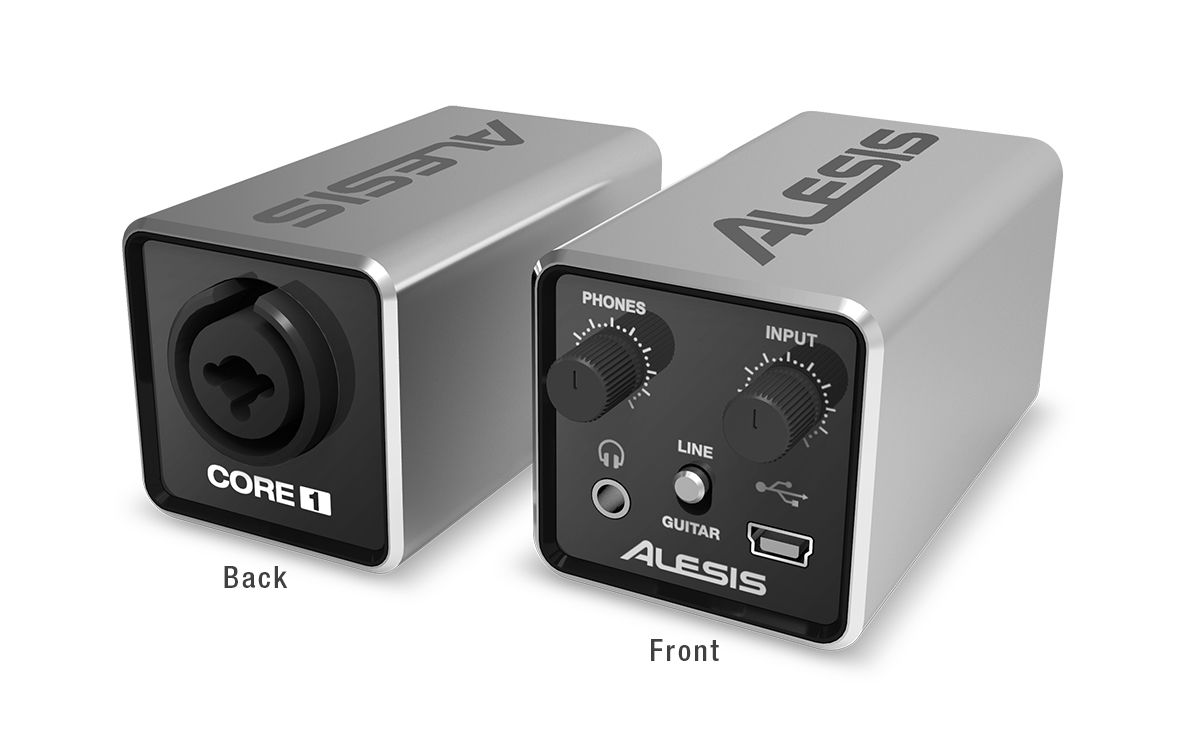


What? Latency is a non-issue for recording audio, and A HUGE ISSUE for live usage. > The issue is really only significant for recording audio and not as much when doing live audio. On Mac, you just plug it back in and it picks up immediately, even the audio interface will do that. If a USB MIDI controller gets unplugged during a set on Windows, I need to restart Ableton.
#Mac core audio vs asio windows#
Windows still needs third party ASIO drivers. > Since Windows XP Windows and Audio Latency has not been an issue and both platforms require a lot of end user work to get lower and lower latency.Īs the other commentor said, Core Audio "just works" for low latency. This conversation reminds me how badly I need to revive my ML Hackintosh. I can't say I've had many of the troubles I've heard about with ASIO to be honest, but I undeniably do enjoy working on OSX more anyway. Working in a pinch, it would make a useful and more stable tool than ASIO, though I run either analog or dedicated devices for any live work - I just don't trust computers that much - but I get that working with video means you might not have those kind of options. It's a really confusing experience - if you've ever seen that Japanese "speech jammer" device you'll get some idea what I mean (although it uses much longer than ~30ms, that's still enough to mess with you). 30ms (on top of whatever's already there) is not really acceptable for a musical performance, though - the performer will be expending half their brainpower trying to mentally align what they hear through bone conduction vs in ear monitoring and adjusting their performance based on outdated/scrambled information. I haven't done that kind of work, so for video/speech, fair enough. > I find that aggregation ends up around 30ms, which is on the higher end of acceptable when monitoring in-ear It is not unusable, by any means, but for my purposes (again, live shows) predictability is a big plus. I have never had Core Audio kernel panic a machine, but I've had machines (in one memorable case, the same machine dual-booting a hackintoshed OS X and Windows) hard-lock as soon as I enabled ASIO on two different devices (my old TASCAM US-1200 and my a friend's 8i6).
#Mac core audio vs asio mac#
In practice, I find ASIO a little unstable (my home setup uses Ableton on Windows as a live mixer through a TASCAM US-16x08, though I'll be going back to using a Mac when I get back my Mac mini from a friend).
#Mac core audio vs asio drivers#
> That said, I'm not sure what you think is going on with ASIO, since any class compliant USB audio interface has compatible drivers inherently. Trying to do that with ASIO at all is impossible. Occasionally I'm on-site somewhere and need to be able to monkey up something a little faster than I'd like, you know?) (To be specific-this is not for music but rather audio routing for video. In the situations where I have to do it-and it's less about "buying the gear that suits my needs," more "having to bash together other people's gear on a shoestring"-I find that aggregation ends up around 30ms, which is on the higher end of acceptable when monitoring in-ear. Aggregating devices adds a huge chunk of latency


 0 kommentar(er)
0 kommentar(er)
